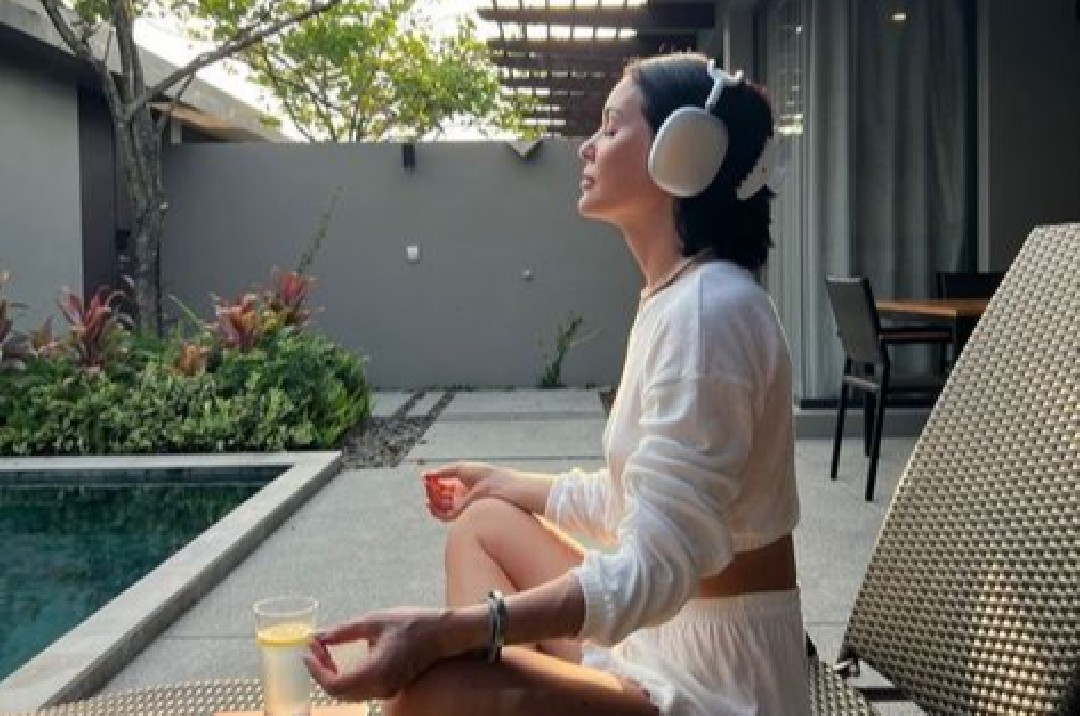Finding Calm Inside the Home: A Practical Guide to the Meditation Space

Preamble
In the midst of the fast-paced and pressure-filled life of the modern era, home is not just a place to rest but also a sanctuary from the hustle and bustle of the outside world. However, often our homes are also filled with daily activities that result in chaos and anxiety. Therefore, it is important for us to create a space within our homes that is dedicated to calming the mind and rejuvenating the soul. One proven effective way to achieve this is through the practice of meditation.
Meditation is not just a trend or a spiritual practice, but also a powerful tool in improving our mental and physical well-being. By regularly contemplating, we can reduce stress, enhance focus, and strengthen emotional balance. However, to fully benefit from meditation, it is important for us to have a suitable space within our homes where we can fully focus on meditation practice. By building a comfortable and inspired meditation space within the home, we can create an oasis of tranquility that helps us overcome daily challenges and improve overall quality of life.
1. Selecting the Right Location

The crucial first step in creating a meditation space in your home is selecting the right location. Choosing a suitable place for meditation can significantly impact your meditation experience. Look for an area in your home that offers tranquility and peace, away from the hustle and bustle of daily activities. Ideally, choose a location that is free from external disturbances such as traffic noise or excessive light that may disrupt your focus. A rarely used living room, a quiet corner in the bedroom, or even a serene spot in the backyard can be good choices for creating a comfortable meditation space.
In addition to considering practical factors such as noise and lighting, it is also important to choose a location that provides a supportive atmosphere for your meditation. Select an area with calm and soothing energy, where you can feel comfortable and relaxed. Furthermore, consider the accessibility of the location in your daily life. By choosing the right location, you can lay a strong foundation for building a meditation space that meets your spiritual and emotional needs.
2. Simplifying Space

After determining the ideal location for your meditation space, the next step is to simplify the space effectively. The main focus of organizing a meditation space is to create an environment that supports concentration and relaxation. Start by decluttering the area from unnecessary items. Clutter can disturb the peace of mind and reduce the effectiveness of your meditation, so make sure to simplify the space by keeping only essential items that support your meditation practice.

After clearing the space, consider adding calming decorations to create an atmosphere conducive to meditation. Comfortable cushions for seating, soft carpets or mats for sitting on the floor, and aromatherapy candles with soothing scents such as lavender or peppermint can add a refreshing and calming touch to your meditation space. Additionally, choose calming colors such as blue or green for the walls or decorations of your meditation space, as these colors have been proven to help calm the mind and create a peaceful and relaxing atmosphere. By simplifying your meditation space effectively, you can create an optimal environment to support your meditation practice and reap the maximum benefits from your meditation experience.
3. Choosing Appropriate Meditation Accessories

Choosing the right meditation accessories is key to creating a comfortable and profound meditation experience. One of the first things to consider is a comfortable meditation chair or cushion. Choose a chair or cushion that provides sufficient support for your body, so you can sit upright yet relaxed during meditation. Meditation cushions made from soft and high-quality materials can help reduce tension in the body and facilitate mental focus during meditation. Additionally, you can also consider using specially designed meditation chairs, which often feature ergonomic features designed to enhance comfort and body support during meditation.

In addition to meditation chairs or cushions, you can also add other elements to your meditation space to create a supportive environment. One example is the use of nature sound machines or meditation music with soothing melodies. Natural sounds such as ocean waves, rainforest, or flowing rivers can help create a calming atmosphere and help you enter a meditative state more easily. Similarly, meditation music designed to enhance focus and relaxation can also be a good choice to accompany your meditation practice. By choosing appropriate meditation accessories and adding supportive elements, you can create an optimal meditation environment to enhance the quality of your meditation experience.
4. Create a Nature-Inspired Environment

Creating a meditation environment inspired by nature can be key to deepening your meditation experience. One way to achieve this is by adding natural elements to your meditation space. First and foremost, consider adding green plants to your meditation space. Indoor plants such as rubber trees, orchids, or other decorative plants not only provide visual beauty but also help improve indoor air quality and create a fresh and vibrant atmosphere.

Additionally, you can use potpourri with natural scents to add natural elements to your meditation space. Choose potpourri made from natural ingredients such as dried leaves, flowers, or aromatic spices. These natural scents can help calm the mind and enhance your concentration during meditation. Furthermore, consider placing scented candles with natural aromas such as lavender or eucalyptus to create a more soothing and relaxing environment.

Furthermore, if possible, try to place your meditation space near a window overlooking natural scenery. Natural views such as gardens, mountains, or water can provide a sense of peace and deep inspiration during your meditation practice. Looking outside and connecting with nature can help you feel more connected to the environment around you and enhance your sense of presence during meditation. By creating a nature-inspired meditation environment, you can help deepen your meditation experience and reap the maximum benefits from your meditation practice.
Conclusion
By following this practical guide, you can create a meditation space in your home that helps you find peace and tranquility amidst the busyness of daily life. Remember that meditation is a personal and unique process for each individual, so try different approaches and find what works best for you. May your meditation space become a place that brings peace and well-being to you on your meditation journey.







